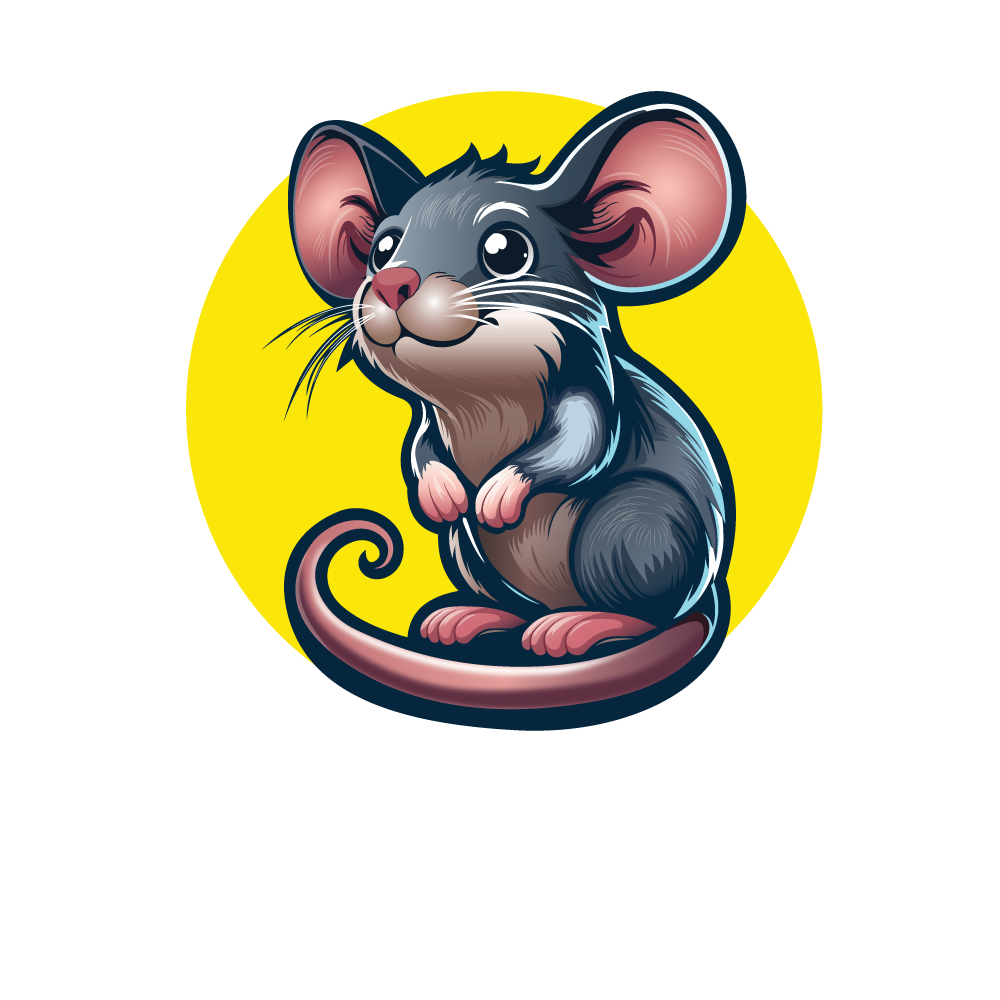In the world of mobile and web development, three main types of applications dominate the landscape: native apps, hybrid apps, and web apps. Each has unique characteristics, advantages, and drawbacks. This guide will explore these differences to help you choose the right approach for your project.
Native Apps: The Gold Standard
Native apps are applications developed specifically for a particular operating system (OS) — iOS or Android. They are built using programming languages and tools native to the platform (Swift or Objective-C for iOS, Java or Kotlin for Android).
Key Characteristics of Native Apps:
- Performance:
- Optimised Performance: Native apps are highly optimised for the platform they are built for, resulting in superior performance and responsiveness.
- Seamless Integration: They seamlessly integrate with the device’s hardware and OS features, offering smooth and fast user experiences.
- User Experience:
- Native UI/UX: They provide the best possible user experience with UI/UX designs that adhere to the platform’s guidelines and conventions.
- Access to Advanced Features: Full access to device features like the camera, GPS, and sensors, enabling advanced functionalities.
- Development:
- Platform-Specific Development: Separate codebases are required for each platform, which can lead to higher development costs and time.
- Complex Development Process: Requires expertise in the specific programming languages and development environments for each platform.
- Updates and Maintenance:
- App Store Approval: Updates must go through the app store approval process, which can be time-consuming.
- User Effort: Users need to download updates manually unless automatic updates are enabled.

Web Apps: Simplicity and Reach
Web apps are essentially websites designed to look and feel like mobile apps. They are accessed via a web browser and don’t need to be downloaded or installed from an app store.
Key Characteristics of Web Apps:
- Accessibility:
- Cross-Platform Compatibility: Accessible from any device with a web browser and internet connection.
- No Installation Required: Users don’t need to download or install anything.
- Development:
- Single Codebase: Built using standard web technologies like HTML, CSS, and JavaScript, typically resulting in lower development costs.
- Quick Development Cycle: Faster and easier to develop compared to native apps.
- Updates and Maintenance:
- Ease of Updates: Updates are made on the server-side, and users always access the latest version without needing to download updates.
- Performance:
- Dependent on Browser: Performance is reliant on the browser and internet connection, generally slower and less responsive than native apps.
- Limited Device Access: Restricted access to device hardware and features compared to native apps.
Hybrid Apps: The Best of Both Worlds?
Hybrid apps combine elements of both native and web apps. They are essentially web apps wrapped in a native container, allowing them to be installed like native apps.
Key Characteristics of Hybrid Apps:
- Accessibility:
- Downloadable: Available for download from app stores, similar to native apps.
- Offline Access: Can be accessed offline after initial download.
- Development:
- Shared Codebase: Built using web technologies (HTML, CSS, JavaScript) but wrapped in a native container using frameworks like Apache Cordova, Ionic, or React Native.
- Cross-Platform Development: A single codebase can be used across multiple platforms, saving development time and costs.
- Updates and Maintenance:
- Complex Updates: Updates may require users to download new versions from the app store, although some frameworks support over-the-air updates.
- Performance:
- Middle Ground Performance: Typically better performance than web apps but can be slower than fully native apps.
- Access to Native Features: Better access to device hardware and features compared to web apps, often through plugins.
Choosing the Right Approach
When deciding whether to build a native, hybrid, or web app, consider the following factors:
- User Experience:
- Native Apps: Best for high-performance needs and rich user experiences.
- Hybrid Apps: Good balance for a decent user experience with some access to native features.
- Web Apps: Suitable for simpler applications with wide accessibility needs.
- Development Resources:
- Native Apps: Require more time and expertise, leading to higher costs.
- Hybrid Apps: Offer cost and time savings compared to native apps while providing better performance than web apps.
- Web Apps: Quickest and cheapest to develop, with a single codebase for all platforms.
- Performance Needs:
- Native Apps: Ideal for resource-intensive applications with extensive use of device features.
- Hybrid Apps: Sufficient for moderately complex applications needing reasonable performance and device access.
- Web Apps: Best for less resource-intensive applications that don’t require extensive device feature access.
- Maintenance and Updates:
- Native Apps: Involves a more complex update process through app stores.
- Hybrid Apps: Can simplify some aspects of updates, especially with modern frameworks.
- Web Apps: Easiest to maintain and update, with changes reflected immediately for all users.



Leave A Comment